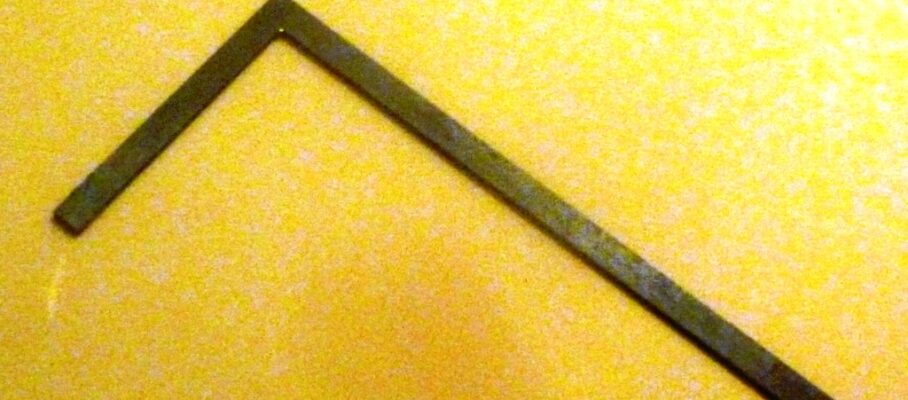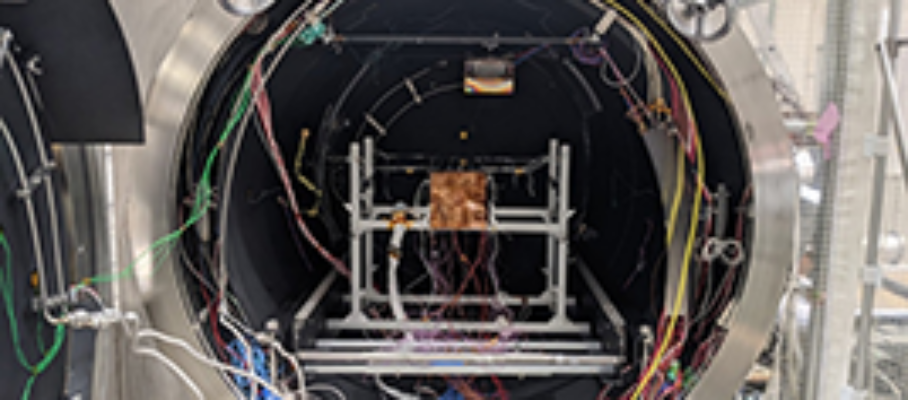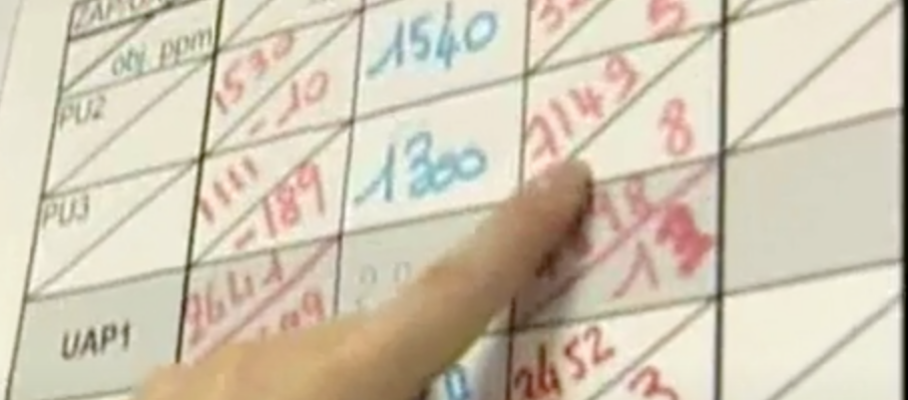Feb 23 2022
Standards, China, and the Industrial Revolution
[Featured image: a Han dynasty bronze ruler]
As a general principle, in manufacturing, you need to do the work the same way every time if you want the output to be consistent. In some cases, like extracting metals from ores, you need to tweak processes to produce consistent output from raw materials of varying compositions. Then the tweaks themselves must be executed consistently so that the response to a particular variation in ore content is always the same.
Standards are an area where China had a 2,000-year headstart but neither the scientific nor the industrial revolutions occurred there.





Oct 4 2022
Strange Statements About Probability Models | Don Wheeler | Quality Digest
In his latest column in Quality Digest, Don Wheeler wrote the following blanket statements, free of any caveat:
Source: Wheeler, D. (2022) Converting Capabilities, What difference does the probability model make? Quality Digest
Michel Baudin‘s comments:
Not all models assume i.i.d. variables
Wheeler’s first statement might have applied 100 years ago. Today, however, there are many models in probability that are not based on the assumption that data are “observations from a set of random variables that are independent and identically distributed”:
Probability Models Are Useful
In his second statement, Wheeler seems determined to deter engineers and managers from studying probability. If a prominent statistician tells them it serves no useful purpose, why bother? It is particularly odd when you consider that Wheeler’s beloved XmR/Process Behavior charts use control limits based on the model of observations as the sum of a constant and a Gaussian white noise.
Probability models have many useful purposes. They can keep from pursuing special causes for mere fluctuations and help you find root causes of actual problems. They also help you plan your supply chain and dimension your production lines.
Histograms are Old-Hat; Use KDE Instead
As Wheeler also says, “Many people have been taught that the first step in the statistical inquisition of their data is to fit some probability model to the histogram.” It’s time to learn something new, that takes advantage of IT developments since Karl Pearson invented the histogram in 1891.
Fitting models to a sample of 250 points based on a histogram is old-hat. A small dataset today is more 30,000 points, and you visualize its distribution with kernel density estimation(KDE), not histograms.
#donwheeler, #probability, #quality
Share this:
Like this:
By Michel Baudin • Press clippings 8 • Tags: Don Wheeler, Probability, Quality